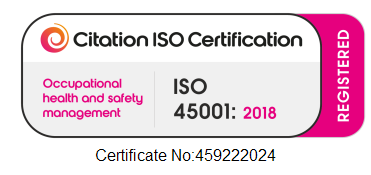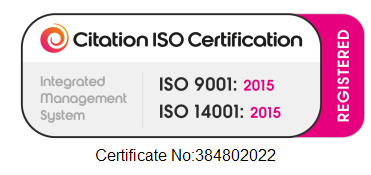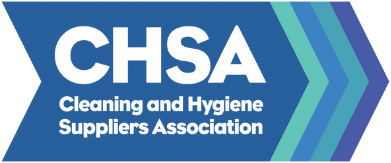Fresh Vs Recycled - Benefits of Virgin Fibre
Published on:Comparing Fresh and Recycled Raw Materials
Fresh Fibres
- From sustainably managed forests that grow more than they are used and preserve and promote biodiversity
- As a group, Metsa uses the whole tree for the best fit purpose. Nothing goes to waste.
- The fibre is fully traceable, and more than 90% is certified pulp
Recycled Fibres
- Material needs to be collected, cleaned and purified for hygiene use, which consumes more water and energy, and increases the carbon footprint
- Availability and quality of recycled material is a challenge due to digitalisation
- As a result, what there is will be transported over longer distances, increases the carbon footprint further, and increasing the cost
- Only 60% of raw material can be used for hygiene tissues. The rest goes to waste.
Fresh v Recycled Fibres in Production
Fresh Fibres
- Lower CO2 footprint in fresh fibre rolls
- Approximately 99% less waste to landfill
- 30% less wastewater in tissue mill
- Up to 18% lower energy consumption
Recycled Fibres
- Higher water and energy use in paper production due to deinking (=cleaning)
- More waste due to 60% material efficiency (such as plastics, inks and metals)
- More wastewater
- Waste sludge volumes require further transports and waste handling
Differences in Use - Fresh v Recycled
Fresh Fibres
- Product safety - high quality for hygiene, skin contact and food contact use
- Pleasant and efficient to use, soft and absorbent
- Does not contain traces of dirt or contamination such as Bisphenol from printer toner
Recycled Fibres
- Requires 60% more product safety testing
- Restrictions for food contact materials increasing
- Needs to be purified from Bisphenol, Mineral oils and other components
- Better alternative use in non-hygiene products e.g. in outer packaging materials
A roll of toilet paper made of fresh fibre has -20% smaller carbon footprint than a roll made of recycled fibre.
- External carbon footprint study made with AFRY
- All selected Metsa Tissue's fresh fibre toilet paper products showed a lower carbon footprint compared to recycling
- Other external studies came to the same result, when sustainability managed Northern European forest fibres were used. (Lindberg et al. 2018)
- New external full life cycle analysis upcoming in 2023 from the world's biggest research Insititute Fraunhofer






